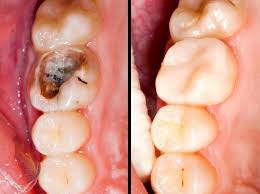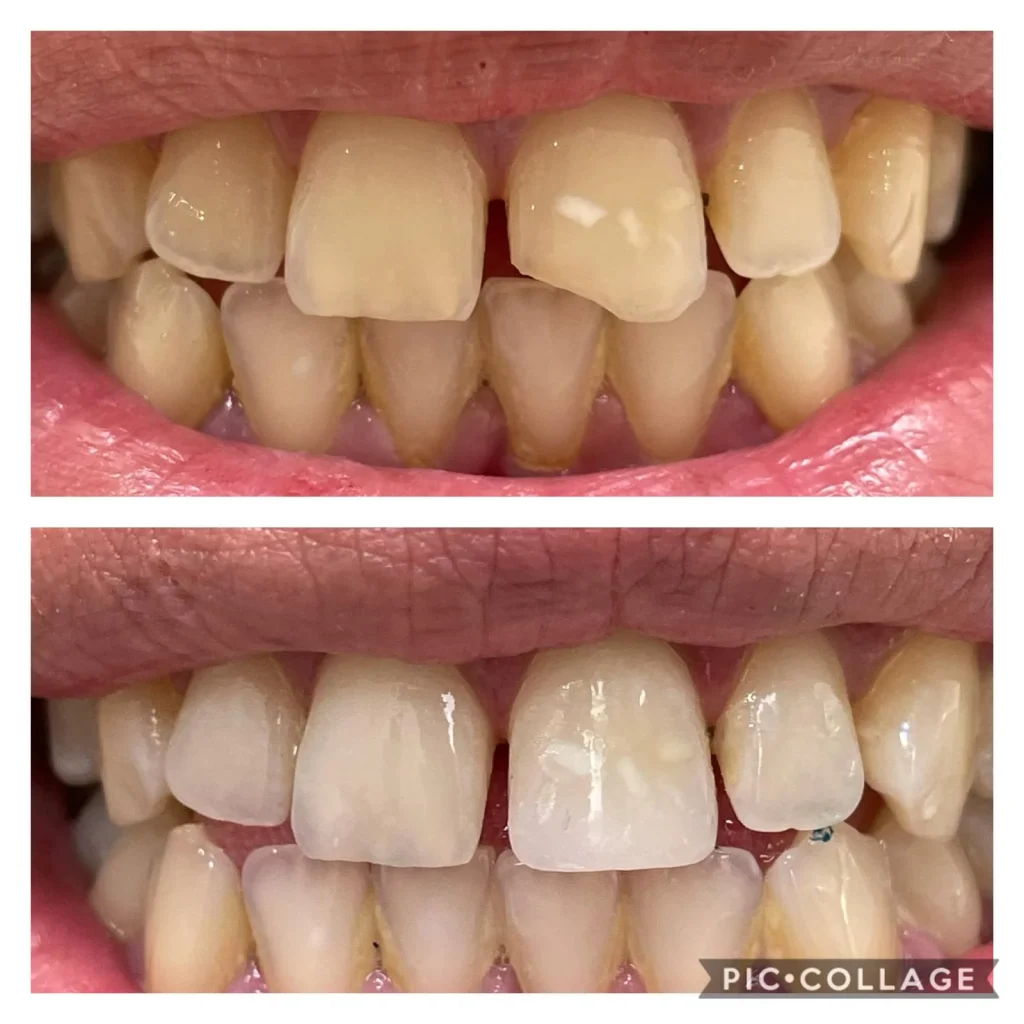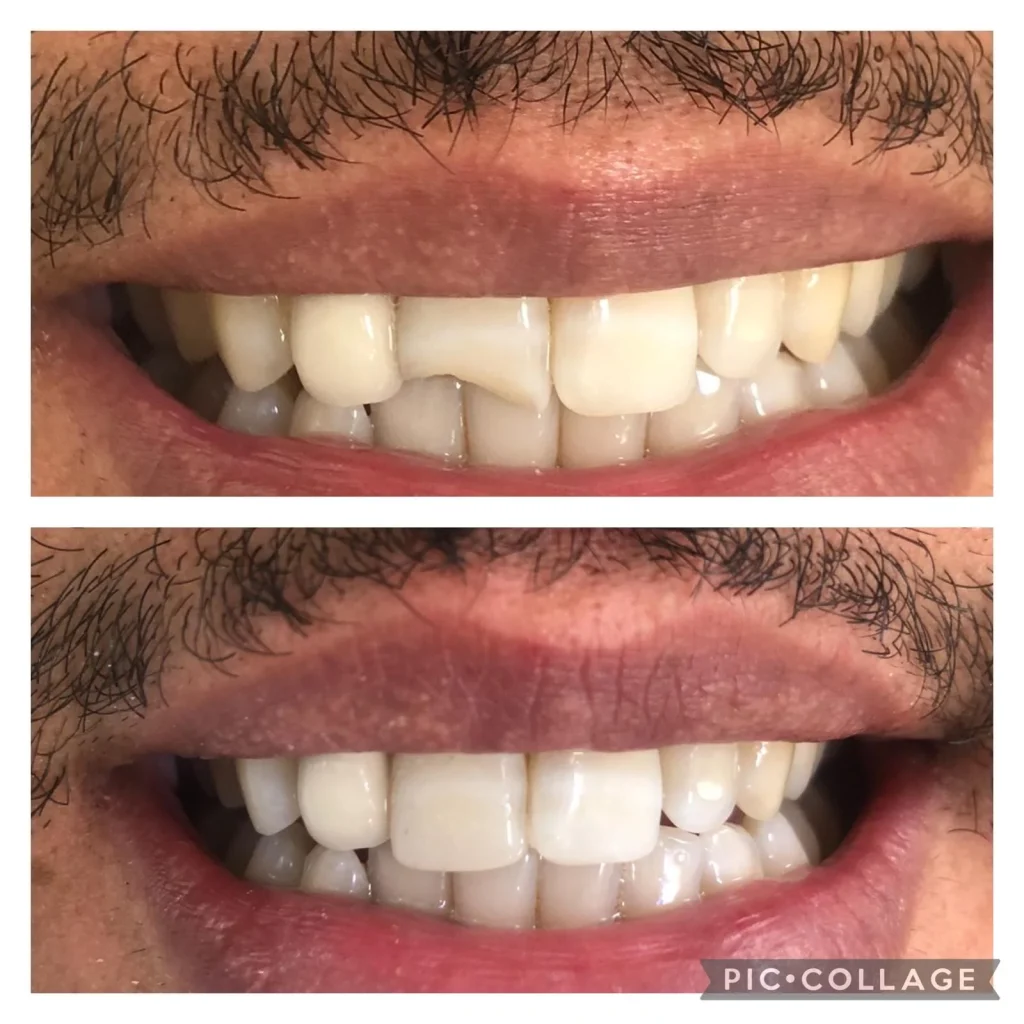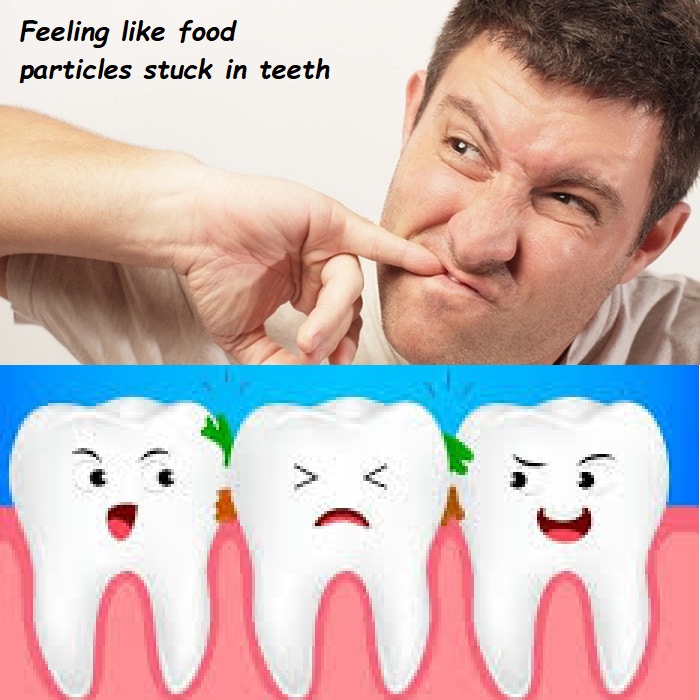sealants on teeth pros and cons

When it comes to protecting your teeth, prevention is the best cure. One of the most effective ways to prevent cavities, especially in children and teenagers, is by applying dental sealants. But, like any dental treatment, sealants come with their own set of pros and cons. Whether you’re considering sealants for yourself or your child, it’s important to weigh these factors to make an informed decision. So, let’s dive into the world of sealants on teeth and explore the advantages and disadvantages of this preventive measure.
What Are Dental Sealants?
Before we get into the pros and cons of sealants on teeth, let’s first understand what dental sealants are. Sealants are thin, protective coatings made of plastic or other dental materials that are applied to the chewing surfaces of the back teeth, namely the molars and premolars. These teeth have grooves and fissures that can easily trap food particles and bacteria, making them more susceptible to cavities.
The sealant acts as a barrier, covering these grooves and preventing food and bacteria from getting stuck, thereby reducing the risk of tooth decay. The application process is quick, painless, and typically done in a single visit to the dentist.
The Pros of Sealants on Teeth
Sealants offer several benefits, making them a popular choice for preventing cavities, particularly in children. Let’s explore some of the key advantages:
1. Effective Cavity Prevention
The primary benefit of dental sealants is their effectiveness in preventing cavities. The chewing surfaces of molars and premolars are full of tiny pits and grooves that can be challenging to clean thoroughly, even with regular brushing and flossing. Sealants fill in these crevices, creating a smooth surface that’s much easier to keep clean.
Studies have shown that sealants can reduce the risk of cavities in molars by nearly 80% in the first two years after application. This level of protection can be a game-changer, especially for children who are still developing good oral hygiene habits.
2. Cost-Effective Preventive Measure
When compared to the cost of treating a cavity with fillings, crowns, or other dental work, sealants are a cost-effective preventive measure. By investing in sealants, you can potentially save money in the long run by avoiding more expensive dental treatments.
Many dental insurance plans, particularly those for children, cover the cost of sealants, making them an accessible option for many families. Even if insurance doesn’t cover them, the out-of-pocket cost is relatively low, especially considering the protection they offer.
3. Quick and Painless Application
One of the most appealing aspects of dental sealants is how easy and painless the application process is. The procedure is simple:
- Cleaning: The dentist or hygienist thoroughly cleans the tooth surface to ensure there’s no debris or bacteria trapped under the sealant.
- Preparation: The tooth is then dried, and an acidic gel is applied to roughen the surface slightly. This helps the sealant adhere better to the tooth.
- Application: After rinsing and drying the tooth again, the sealant is applied in liquid form and then hardened using a special light.
The entire process takes just a few minutes per tooth and doesn’t require any drilling or anesthesia, making it a stress-free experience for both children and adults.
4. Long-Lasting Protection
Sealants provide long-lasting protection against cavities. While they don’t last forever, sealants can be effective for up to 10 years with proper care. During regular dental check-ups, your dentist can monitor the condition of the sealants and reapply them if necessary.
This long-term protection makes sealants a worthwhile investment in your dental health, offering peace of mind that your teeth are better protected against decay.
5. Ideal for Children and Teenagers
Children and teenagers are prime candidates for sealants because their newly erupted permanent teeth are particularly vulnerable to cavities. The American Dental Association (ADA) recommends applying sealants as soon as the first molars emerge, typically around age 6, and again when the second set of molars comes in, around age 12.
Sealants can play a crucial role in protecting these young teeth during the formative years, helping to establish a foundation of good oral health that can last a lifetime.
The Cons of Sealants on Teeth
While there are many benefits to dental sealants, they aren’t without their drawbacks. Here are some potential cons to consider:
1. Sealants Can Wear Down Over Time
Although sealants are designed to last for several years, they can wear down over time, especially with heavy chewing or grinding. Once a sealant starts to wear off or chip, it loses its effectiveness in protecting against cavities.
Regular dental check-ups are essential to ensure that your sealants are still intact and functioning correctly. If they start to wear down, they may need to be reapplied, which could mean additional dental visits and costs.
2. Potential for Sealants to Trap Bacteria
One of the concerns some people have about sealants is the potential for them to trap bacteria underneath the surface if the tooth isn’t properly cleaned before application. If bacteria get sealed in, they can continue to cause decay underneath the sealant, leading to a hidden cavity.
However, this risk is minimal when sealants are applied correctly by a trained dental professional. Ensuring the tooth is thoroughly cleaned and dry before application is key to preventing this issue.
3. Not Suitable for All Teeth
Sealants are typically applied only to the back teeth (molars and premolars) because these teeth have deep grooves that are most at risk for cavities. However, not everyone has deep enough grooves to warrant sealants, and in some cases, the teeth may already have fillings or other restorations that make sealants unnecessary or impossible to apply.
Additionally, adults who have well-established oral hygiene habits and low cavity risk may not benefit as much from sealants as children and teenagers.
4. Possible Allergic Reactions
Although rare, some individuals may experience allergic reactions to the materials used in dental sealants. Although the plastic used in sealants is generally considered safe, it could cause an adverse reaction for those with specific sensitivities or allergies.
If you or your child has a history of allergic reactions to plastics or other dental materials, it’s important to discuss this with your dentist before getting sealants.
5. Sealants Are Not a Substitute for Good Oral Hygiene
While sealants are an excellent preventive measure, they are not a substitute for good oral hygiene practices. Brushing twice a day with fluoride toothpaste, flossing daily, and regular dental check-ups are still essential for maintaining healthy teeth and gums.
Some people might become complacent in their oral hygiene routine after getting sealants, thinking they no longer need to be as diligent. It’s important to remember that sealants protect only the surfaces they cover, and the rest of your teeth still need regular care.
Who Should Consider Getting Sealants?
Now that we’ve looked at the pros and cons of sealants on teeth, you might wonder if they’re the right choice for you or your child. Sealants are particularly beneficial for:
- Children and Teenagers: As mentioned earlier, sealants are highly recommended for children and teenagers, especially as soon as their first and second molars erupt. This is a critical time for cavity prevention, and sealants can provide much-needed protection.
- People with Deep Grooves in Their Teeth: If you or your child has particularly deep grooves or pits in the back teeth, sealants can be a smart preventive measure to protect against cavities.
- Those at High Risk for Cavities: If you or your child has a history of cavities or is at higher risk due to factors like poor diet, inadequate fluoride exposure, or difficulty maintaining good oral hygiene, sealants can offer additional protection.
On the other hand, sealants might not be necessary for:
- Adults with Low Cavity Risk: If you’ve maintained excellent oral hygiene throughout your life and have a low risk of cavities, sealants might not provide significant additional benefits.
- Teeth with Existing Restorations: Teeth that already have fillings, crowns, or other dental work may not be suitable for sealants.
- Teeth with Shallow Grooves: If the grooves and pits in your molars are shallow, sealants may not be necessary, as these teeth are less likely to trap food and bacteria.
The Application Process: What to Expect
If you decide that sealants are the right choice, it’s helpful to know what to expect during the application process. Here’s a step-by-step guide:
- Consultation: Your dentist will first examine your teeth to determine appropriate sealants. They’ll check for any signs of decay or existing restorations that might affect the application.
- Preparation: If sealants are recommended, the tooth surface will be thoroughly cleaned to remove any plaque, bacteria, or food particles. This step is crucial to ensure that the sealant adheres properly.
- Etching: The dentist will apply an acidic gel to the tooth surface to slightly roughen it, which helps the sealant bond more effectively. After a few seconds, the gel is rinsed off, and the tooth is dried.
- Sealant Application: The sealant is applied in liquid form directly onto the tooth. It quickly flows into the grooves and pits, forming a protective barrier.
- Curing: A special curing light hardens the sealant, solidifying it into a durable protective layer.
- Final Check: The dentist will check the sealant to ensure it’s properly hardened and that the bite is comfortable. Once everything looks good, the procedure is complete!
The entire process is quick, painless, and doesn’t require anesthesia, making it easy and stress-free, especially for young patients.
Maintaining Sealants: Tips for Long-Lasting Protection
Once sealants are applied, they require minimal maintenance, but there are a few things you can do to ensure they last as long as possible:
- Regular Dental Check-Ups: Keep up with your regular dental appointments so your dentist can monitor the condition of your sealants. They’ll check for any signs of wear or chipping and can reapply the sealant if necessary.
- Good Oral Hygiene: Continue brushing and flossing daily to keep the rest of your teeth and gums healthy. While sealants protect the chewing surfaces, the sides of your teeth and gums still need regular care.
- Avoid Hard Foods: While sealants are durable, they can be damaged by hard or sticky foods. Try to avoid chewing ice, hard candy, or other tough foods that could chip or crack the sealant.
Conclusion: Weighing the Pros and Cons of Sealants on Teeth
Sealants on teeth are a highly effective preventive measure against cavities, especially for children and teenagers. They offer several benefits, including reducing the risk of tooth decay, providing long-lasting protection, and being a cost-effective solution. However, like any dental treatment, they also come with some potential drawbacks, such as the need for regular monitoring and the possibility of wear over time.
Ultimately, the decision to get sealants should be based on your or your child’s specific dental needs, risk factors for cavities, and the guidance of your dentist. By carefully considering the pros and cons of sealants on teeth, you can make an informed choice that best supports your long-term oral health.
So, are sealants right for you or your child? If you’re looking for a simple, effective way to protect those vulnerable back teeth from cavities, sealants might just be the solution you’ve been looking for. Talk to your dentist to learn more and take the next step toward a healthier, cavity-free smile.









